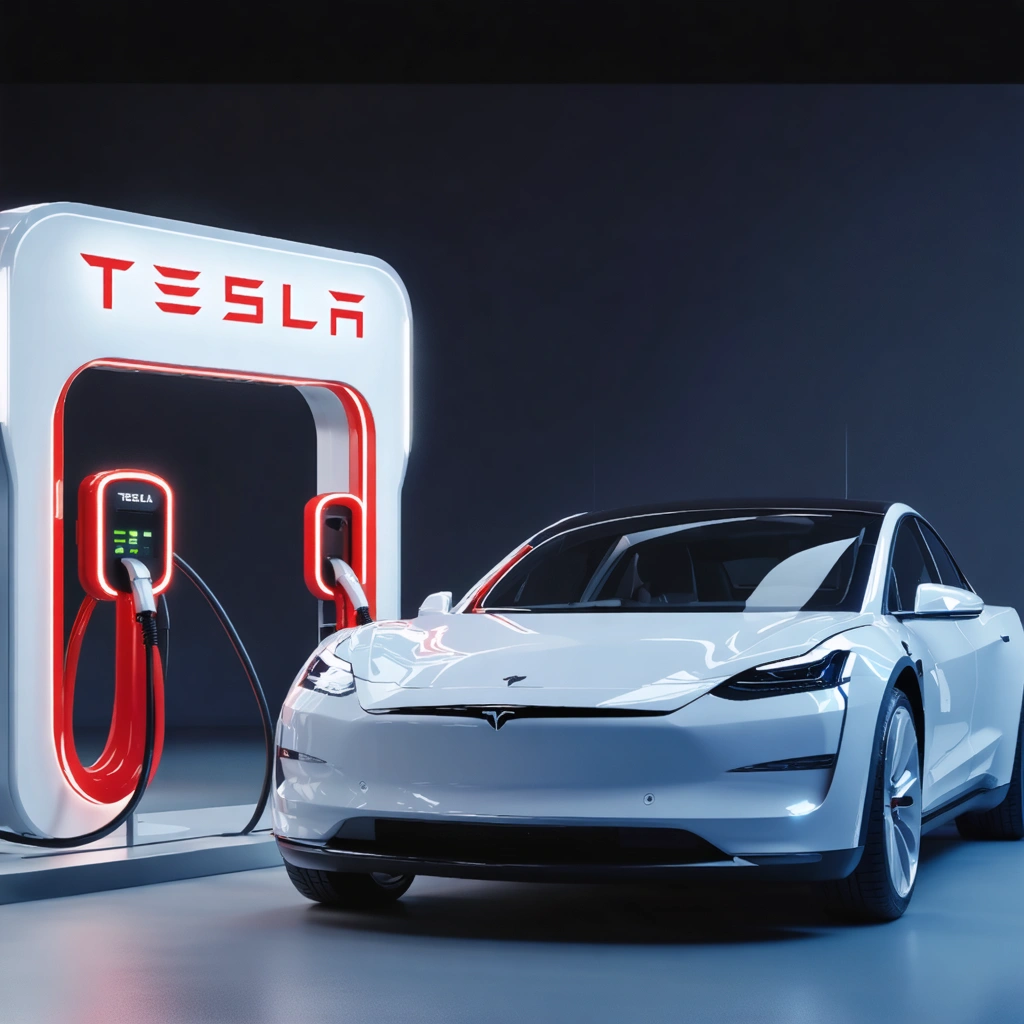
Introduction to the New Integration
The rapidly evolving electric vehicle (EV) market is witnessing an innovative breakthrough as Ford owners of the Mustang Mach-E and F-150 Lightning now gain access to Tesla Superchargers via Apple CarPlay. This integration marks a significant milestone in the EV charging infrastructure, providing Ford drivers with expanded charging options, smoother trip planning, and enhanced convenience that rivals even the most robust systems in the industry. The move showcases the collaboration potential between different automakers and tech platforms, paving the way for more inclusive and practical EV ecosystems.
Overview of the Integration
How It Works
The new feature comes integrated into the Apple CarPlay interface accessible directly from the settings menu. It allows users to incorporate Tesla Supercharger data into their EV route planning systems. In practical terms, the feature:
- Automatically detects nearby Tesla Superchargers.
- Integrates charging station details with real-time navigation.
- Offers efficient route planning considering supercharging stops.
This development is an exemplar of streamlined interoperability between charging providers and vehicle platforms. Through dedicated software updates and system improvements from both Ford and Apple, users can now navigate potential challenges with innovative charging solutions and enhanced user experience.
Benefits for Ford EV Owners
The integration offers measurable benefits that include:
- Increased Charging Options: Ford drivers are no longer limited to Ford-affiliated charging points. The integration brings Tesla’s robust network to a broader audience.
- Simplified Route Mapping: With the Supercharger station locations available on Apple CarPlay, users can plan longer trips without worrying about the availability of charging solutions.
- Enhanced Convenience: Drivers experience a seamless transition between vehicle interface and external charging networks, leading to an overall smoother and less stressful journey.
Technical and Business Implications
System Integration and User Experience
Combining Tesla Supercharger data with Ford vehicles through Apple CarPlay requires advanced software integration. Key technical aspects include:
- Real-Time Data Exchange: Ensures accurate information on charger availability and status.
- Security Protocols: Robust measures are in place to protect user data and ensure safe financial transactions related to charging costs.
- Compatibility Testing: Extensive validation across various models of Ford EVs to guarantee a consistent user experience.
It is important to note that this integration not only improves user satisfaction but also sets a new standard for cross-platform data sharing. By integrating a competitor’s infrastructure, Ford underlines its commitment to consumer benefits over corporate silos, potentially influencing future industry collaborations.
Business and Competitive Advantages
This move has several business ramifications:
| Aspect | Impact |
|---|---|
| Market Differentiation | Offering access to a broader charging network positions Ford as an innovative player in the EV segment. |
| User Loyalty | Enhanced convenience translates to stronger customer loyalty and recurring use of Ford EVs. |
| Revenue Opportunities | Ford may explore revenue-sharing models with charging network providers or gain additional customer data for improving services. |
Furthermore, this cross-brand collaboration sends a strong message to the industry that technological barriers can be overcome through open innovation. As a result, auto manufacturers may be encouraged to adopt flexible strategies that benefit the broader EV community rather than focusing solely on proprietary ecosystems.
Impact on the Future of Electric Mobility
Shaping the EV Ecosystem
Integrating Tesla Superchargers into Apple CarPlay for Ford vehicles is a harbinger of the future where interoperability is key to sustainable mobility. Several trends are emerging from this development:
- Standardization: There is potential for broader standardization of charging protocols across various EV manufacturers and charging networks.
- Increased Collaboration: We can expect more cross-industry collaborations that blur traditional competitive lines, emphasizing user benefit over strict brand loyalty.
- Enhanced Infrastructure: The utilization of available infrastructure becomes more efficient, reducing wait times and expanding the accessibility of fast charging options.
By leveraging existing resources such as Tesla’s Supercharger network, Ford is not only solving an immediate convenience issue for its drivers, but also aligning itself with long-term trends that favor open standards and ecosystem approaches. This shift is expected to encourage similar initiatives throughout the industry, ultimately accelerating the adoption of EVs globally.
Challenges and Considerations
Despite the promising benefits, several challenges remain:
- Adoption Curve: Drivers may need time to become familiar with the new interface and integration. Clear instructions and support systems will be critical during the transition.
- Charging Fee Structures: Integrating different charging networks may introduce complexities in payment systems and fee management.
- Network Capacity: Increased usage may stress existing Supercharger infrastructure, necessitating upgrades or better load management protocols.
Addressing these challenges is paramount for ensuring that the integration enhances the user experience rather than introducing new complications. Stakeholders must maintain open channels for feedback to iteratively improve the service, ensuring that technical glitches and customer concerns are promptly resolved.
Conclusion and Future Outlook
Looking Ahead
Ford’s initiative to integrate Tesla Supercharger information into Apple CarPlay represents a bold step in redefining the landscape of EV travel. By bridging different charging networks, Ford empowers its drivers with unparalleled convenience and demonstrates that in a fast-evolving market, cooperation can yield extraordinary benefits. This strategy is likely to shape the way automakers approach EV infrastructure partnerships in the future.
Additionally, the move is a strong testament to the power of software innovation in the automotive industry. As vehicles become more interconnected and reliant on digital services, the importance of robust software solutions grows. Future collaborations might not only span across charging networks but also integrate additional features such as predictive maintenance, real-time traffic analysis, and even advanced driver-assistance systems (ADAS) that combine data from multiple sources, resulting in a holistic driving experience.
In summary, the integration of Tesla Supercharger data into Apple CarPlay for Ford EVs sets a precedent for what can be achieved when companies prioritize consumer interests and technological innovation. The industry will be watching closely as this development evolves, potentially encouraging wider adoption of similar cross-platform features, which will ultimately accelerate the shift toward sustainable and convenient electric mobility.




